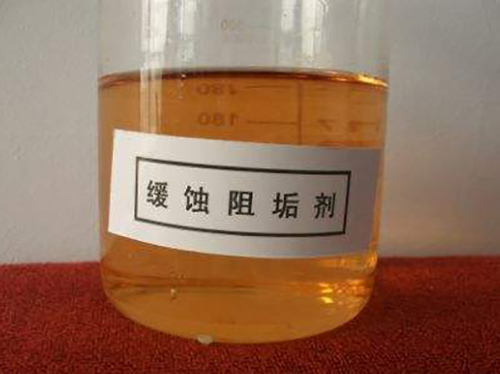types of flocculants in water treatment
Types of Flocculants in Water Treatment
Water treatment plays a critical role in ensuring the availability of clean and safe water for various uses, including drinking, agriculture, and industrial processes. One of the vital processes in water treatment is flocculation, which helps to aggregate fine particles and suspended solids in water into larger clusters, or flocs, that can be easily removed. Flocculants are chemicals that facilitate this process. There are several types of flocculants used in water treatment, each with unique properties, applications, and advantages.
1. Natural Flocculants
Natural flocculants are derived from plant or animal sources and are considered more environmentally friendly compared to synthetic alternatives. Common examples include
- Biopolymers These are naturally occurring macromolecules such as starch, chitosan, and gelatin. Chitosan, derived from chitin found in crustacean shells, is particularly effective because of its positive charge, which attracts negatively charged particles in water. - Mucilage and Gum-Based Flocculants Some plants produce mucilage and gums that can effectively bind particles together. For instance, guar gum and xanthan gum are popular choices due to their excellent thickening and stabilizing abilities.
Natural flocculants are particularly beneficial in the treatment of drinking water and wastewater due to their non-toxic nature and biodegradability.
2. Synthetic Organic Flocculants
Synthetic organic flocculants are man-made substances designed to improve the efficiency of the flocculation process. They are typically polymeric in nature and can be categorized based on their charge
- Cationic Flocculants These flocculants have a positive charge and are effective in coagulating negatively charged particles. They are widely used in wastewater treatment to remove organic solids, color, and bacteria.
- Anionic Flocculants These carry a negative charge and work best on positively charged particles. Anionic flocculants are effective in treating industrial wastewater, particularly in the mining and paper industries.
types of flocculants in water treatment

- Nonionic Flocculants These flocculants carry no charge and are versatile, usable in a variety of applications. They are particularly useful in treating neutral or slightly alkaline waters where ionic flocculants may be less effective.
Synthetic organic flocculants tend to perform better than their natural counterparts in terms of speed and efficiency. However, their environmental impact and potential toxicity have raised concerns, leading to increased scrutiny and regulation.
3. Inorganic Flocculants
Inorganic flocculants are metal salts or compounds that promote the aggregation of particles in water. The most common types include
- Aluminum Sulfate (Alum) This is one of the most widely used flocculants and works by neutralizing the charges on particles in water, allowing them to clump together and settle.
- Ferric Chloride and Ferric Sulfate These are effective alternatives to alum, particularly in removing suspended solids and color. They work efficiently over a broad pH range and can aid in the removal of phosphorus, which is beneficial in wastewater treatment.
Inorganic flocculants tend to be effective for a wide range of applications and are often used in the primary treatment of drinking water.
Conclusion
Flocculants play an essential role in water treatment processes, enabling the efficient removal of suspended solids and impurities. The choice of flocculant—whether natural, synthetic, or inorganic—depends on numerous factors, such as the nature of the water being treated, the types of impurities present, and the specific treatment goals. As the demand for clean water increases and environmental concerns grow, ongoing research and development are vital for discovering more sustainable and efficient flocculant options. The future of water treatment will likely involve a combination of alternative flocculants that minimize environmental impact while maximizing efficiency, securing safe water for future generations.
-
lk-319-special-scale-and-corrosion-inhibitor-for-steel-plants-advanced-solutions-for-industrial-water-systemsNewsAug.22,2025
-
flocculant-water-treatment-essential-chemical-solutions-for-purification-processesNewsAug.22,2025
-
isothiazolinones-versatile-microbial-control-agents-for-industrial-and-consumer-applicationsNewsAug.22,2025
-
scale-inhibitor-key-solutions-for-water-system-scale-preventionNewsAug.22,2025
-
organophosphonates-versatile-scale-inhibitors-for-industrial-water-systemsNewsAug.22,2025
-
scale-and-corrosion-inhibitor-essential-chemical-solutions-for-water-system-maintenanceNewsAug.22,2025





